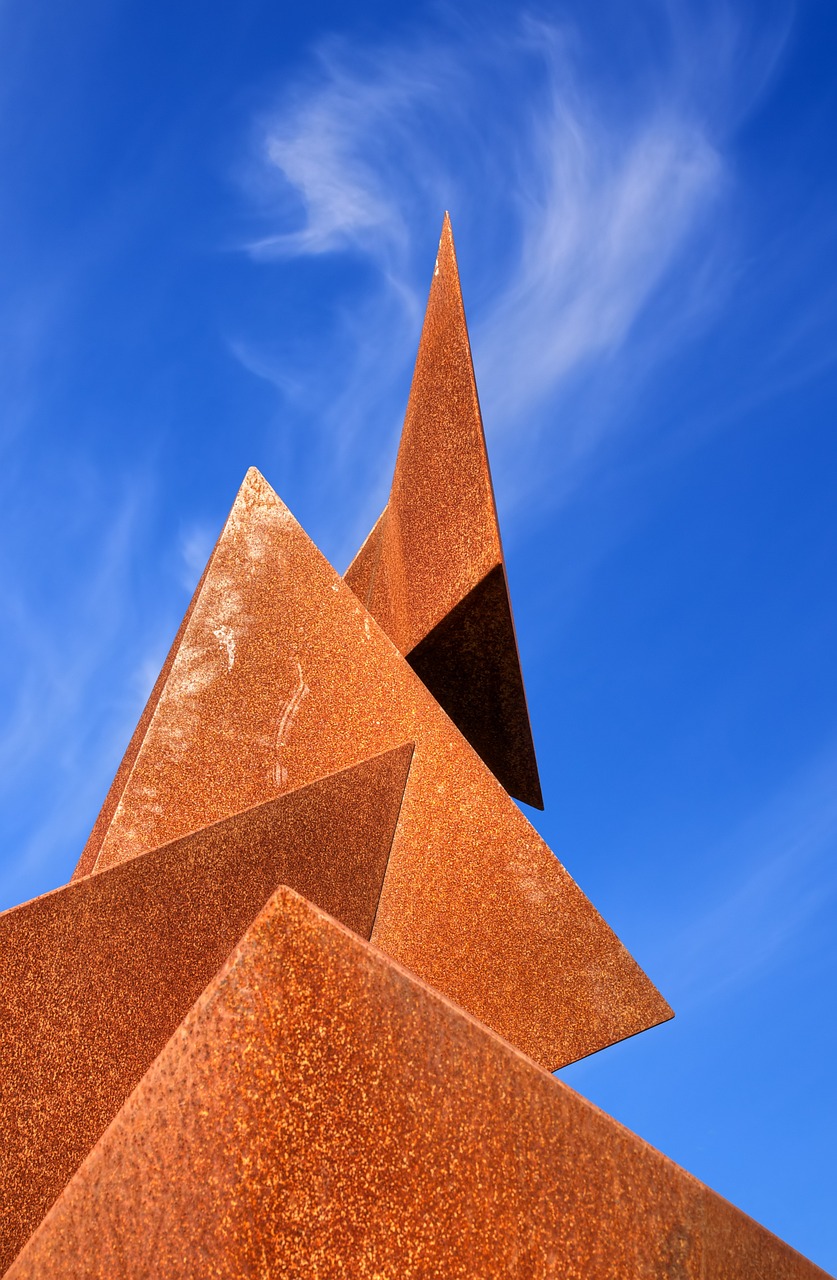Have you ever been mesmerized by a kinetic sculpture in motion? Do you want to create your own piece of moving art? Then you’re in the right place! In this article, you will learn all about the art of balancing and get valuable tips for creating your very own kinetic sculpture. Let’s get started!
Understanding Kinetic Sculpture
Let’s begin by understanding what exactly kinetic sculpture is. Kinetic sculpture is a form of art that incorporates movement into the piece. This movement can be powered by wind, motors, or even human interaction. By adding motion to a sculpture, artists can create dynamic and captivating works of art that engage the viewer.
What makes kinetic sculpture unique?
Kinetic sculpture stands out from traditional static sculptures because it has an element of motion. This movement adds another dimension to the artwork, creating a sense of life and energy. When done right, kinetic sculpture can be both visually stunning and intellectually stimulating for viewers.
The Importance of Balance
Balancing is a crucial aspect of creating kinetic sculpture. Without proper balance, your sculpture may not move as intended or may even fall apart. Achieving balance in your artwork involves careful planning, precise measurements, and a good understanding of physics.
Why is balance important in kinetic sculpture?
Balance is essential in kinetic sculpture because it determines how smoothly and efficiently your sculpture will move. A well-balanced sculpture will move gracefully and effortlessly, captivating viewers with its fluid motion. On the other hand, a poorly balanced sculpture may struggle to move at all, detracting from the overall impact of the artwork.

Tips for Creating Kinetic Sculpture
Now that you understand the basics of kinetic sculpture and the importance of balance, let’s dive into some practical tips for creating your own kinetic masterpiece.
1. Start with a concept
Before you begin building your sculpture, take some time to brainstorm and develop a clear concept. Think about what type of movement you want to incorporate, the overall look and feel of the piece, and the message or emotion you want to convey. Starting with a strong concept will help guide your design and ensure that your sculpture has a cohesive and meaningful design.
2. Choose the right materials
Selecting the right materials is key to creating a successful kinetic sculpture. Consider the weight, durability, and flexibility of the materials you choose, as well as how they will interact with each other. For example, lightweight metals like aluminum or stainless steel are often used in kinetic sculpture because they are strong yet easy to manipulate.
3. Pay attention to weight distribution
Proper weight distribution is essential for achieving balance in your sculpture. Make sure to distribute the weight of your materials evenly to prevent your sculpture from tipping over or becoming unstable. Experiment with different configurations until you find the perfect balance for your design.
4. Incorporate different types of movement
To create a dynamic and engaging sculpture, consider incorporating different types of movement into your design. You can use rotational movement, pendulum motion, or even unpredictable movements to add interest and intrigue to your sculpture. By mixing different types of movement, you can create a multi-dimensional piece that keeps viewers coming back for more.
5. Test and adjust
Once you have built your kinetic sculpture, be prepared to test and adjust it until you achieve the desired movement and balance. Start by testing your sculpture in a controlled environment to observe how it moves and identify any areas that need adjustment. Make small tweaks to the weight distribution, mechanisms, or materials as needed until your sculpture moves smoothly and gracefully.
Kinetic Sculpture Examples
To inspire you on your own kinetic sculpture journey, let’s take a look at some famous examples of kinetic sculpture created by talented artists around the world.
1. “Metropolis II” by Chris Burden
“Metropolis II” is a large-scale kinetic sculpture created by artist Chris Burden. This intricate sculpture features a complex network of roadways, trains, and cars that move throughout the piece. The constant motion and energy of “Metropolis II” create a dynamic and bustling cityscape that mesmerizes viewers.
2. “Wind Waves” by Anthony Howe
“Wind Waves” is a stunning kinetic sculpture created by artist Anthony Howe. This sculpture consists of a series of rotating metal pieces that mimic the movement of ocean waves in the wind. The fluid and organic motion of “Wind Waves” creates a sense of natural beauty and rhythm that captivates viewers.
3. “Strandbeest” by Theo Jansen
“Strandbeest” is a series of mesmerizing kinetic sculptures created by artist Theo Jansen. These intricate sculptures are powered by wind and move in a lifelike manner, resembling walking creatures. The graceful and ethereal movement of the “Strandbeest” sculptures blurs the line between art and engineering, captivating audiences around the world.

Conclusion
Creating a kinetic sculpture is a rewarding and challenging process that requires careful planning, attention to detail, and a good understanding of balance and movement. By following the tips outlined in this article and drawing inspiration from the work of talented artists, you can create your own captivating piece of moving art that amazes and inspires viewers. So grab your materials, start balancing, and let your creativity flow!

